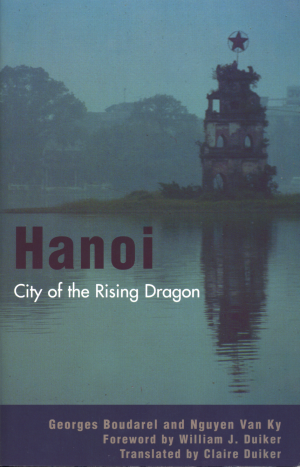









I remember him
He had curly hair
He had a long nose
He whistled for his dog
His home was decorated with bottles
In his garden, he grew nothing but grass
He came to the village of Mat Do
To fight the Black Flags 10
In order to restore tranquility to the people
Who would have thought they would cut his head off?
And take it with them
Leaving his body there
We obey the decisions of the court . . .
To venerate you: a diet of bananas
A round of alcohol, a basket of eggs
Bon appétit, Sir
Let nothing trouble your tranquility
What misery is your lot!
Shit on them!

|
Sommaire de la rubrique
|
Haut de page
|
Suite
|